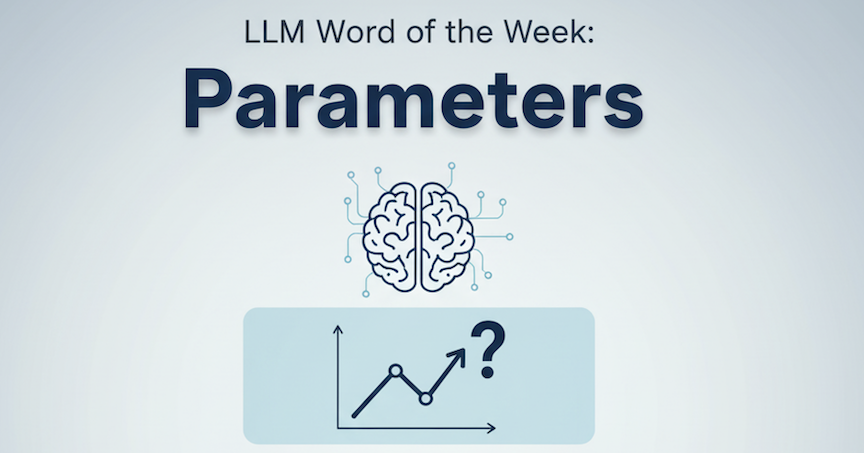You’ve probably heard people say: “GPT-4 has over a trillion parameters.” Cool fact… but what are parameters, really?
What Are Parameters? (TL;DR)
Think of parameters as the tiny dials inside an AI’s brain. Each one helps the model decide how much weight to give to what it’s learned.
When the model is trained, these dials are adjusted billions of times, so it can recognize patterns like:
- “dog” and “puppy” often mean similar things,
- “however” signals a contrast,
- or “Python” might mean a language, not a snake. 🐍
Every parameter is like a small piece of the model’s memory. Put billions of them together, and you get what feels like “intelligence.”
How Models Learn Through Parameters
Put simply, parameters are numerical values inside a model, the weights and biases that determine how input turns into output.
During training, the model sees examples (like sentences or code) and repeatedly adjusts these parameters until it finds a combination that helps it correctly predict what comes next. It continuously compares its predictions, using the current parameters, to the actual outputs and measures how close they are. The resulting combination of parameters is what’s stored and becomes the models we interact with today.
Here’s the catch
More parameters ≠ automatically smarter. It’s like hiring more people, it helps only if they can work together efficiently.
That’s why newer models are focusing less on size and more on smarts, activating only the parameters they need for each task (a technique called Mixture of Experts).
In short: Parameters are the knobs an AI tunes to learn. They’re how it stores what it knows and how it decides what to say next.
They’re the muscles behind the magic.
